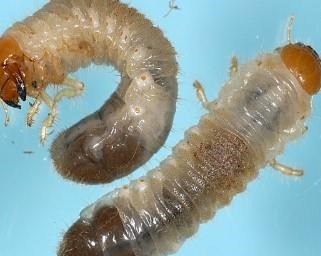As wheat harvest has wrapped up for most states, this year's wheat crop has faced setbacks such as drought, intense heat, wind, and high input prices. Due to these headwinds, As of July 1, the United States yield is forecast at 48.0 bushels per acre, down 0.2 bushels from last month and down 2.2 bushels from last year's average yield of 50.2 bushels per acre.

The July Crop Production report from USDA presented wheat production estimate numbers and area harvested for the 2022 crop. Oklahoma is forecasted to harvest 2.7 million acres of winter wheat, which is 8.5 percent lower than last years harvested acreage, but up 11 percent from last month's forecast. USDA estimates 27 bushels per acre for July, which is the same as the June estimate, but down from last year's 39 bushels per acre. Wheat production for Oklahoma is forecast at 72.9 million bushels as of July first, up 11 percent from the June production estimate and down 37 percent from last year's 115 million bushels.
Over in Texas, the USDA predicts winter wheat harvest to have 1.3 million acres harvested, which is the same estimate as last month but 35 percent less than 2021's harvested acreage. The yield is predicted to be 27 bushels per acre, down from the June estimate of 31 and last year's estimate of 37. For winter wheat production, the USDA sees Texas producing 35.1 million bushels, which is 13 percent less than June's estimate and 53 percent fewer bushels than in 2021.
Kansas is below the 2021 crop production as well. USDA predicts 6.85 million acres harvested, which is about 2 percent less than last year but down from last month's estimate of 6.95 million acres. Yields are predicted to be 39 bushels per acre, which is the same prediction as last month, but 13 bushels per acre less than 2021. For 2022, USDA sees Kansas producing 27 percent fewer bushels than 2021 at about 267 million bushels.
Click here to see more...